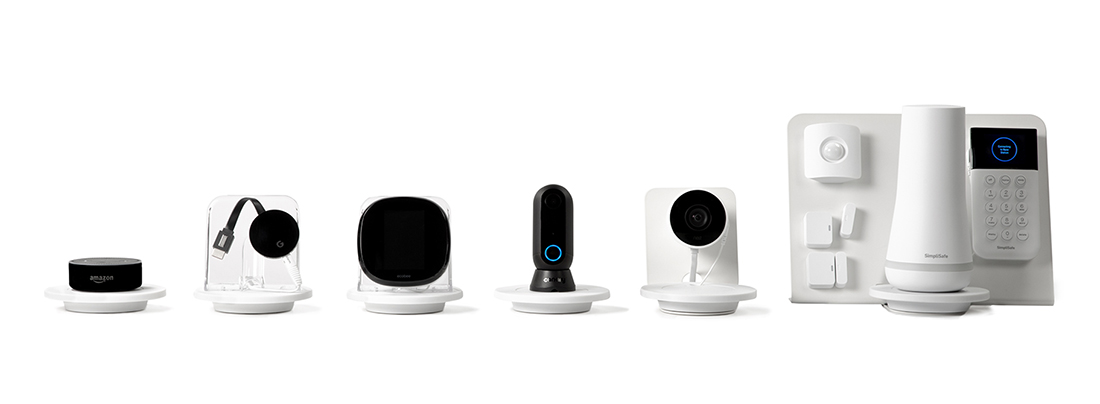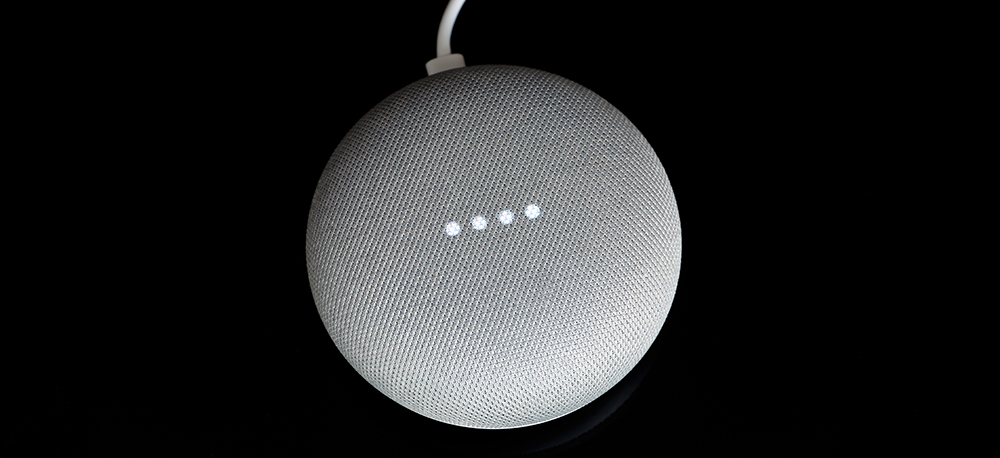Protecting IoT products in-store

Australia stands at the doorstep of a “smart home” revolution, with IoT devices like smart speakers and security cameras set to see adoption more than double in the next three years.
For the retailers marketing these devices, the sector is already worth $583 million and is expected to increase rapidly over the coming years. So, how do you go about showcasing all the latest and greatest gadgets while still protecting these valuable items from theft?
Here’s an insight into the rise of the IoT market and the best theft protection methods available for devices.
The rise of IoT
At CES 2018, LG Electronics US marketing vice-president David VanderWaal told those assembled 2018 would be “the tipping point for the smart home and, more importantly, for the smart connected lifestyle”.
By the end of last year in Australia, those predictions were well and truly proving correct. Driven by the arrival of new smart speakers, adoption of connected IoT devices rapidly grew.
According to research firm Telsyte the average Australian household had 17.1 connected devices in 2018, up from 13.7 the year prior. But that’s just a drop in the ocean of what’s expected to occur in the next few years.
Telsyte tips that by 2022, that number of connected devices will grow to 37 per household or 381 million Internet-connected devices nationally.
“Most of this growth is expected to come from IoT@Home devices and associated services,” Telsyte notes.
What are IoT devices?
Basically, an IoT device is any product that connects to the internet. In the smart home, they extend from smart speakers, smart security cameras, motion sensors, and locks to smart lightbulbs and even connected appliances.
Ultimately, together they allow users to automate everyday tasks around their home.

The smart speaker impact
In Australia, the IoT market saw a marked increase in 2018 with the arrival of an increased selection of smart speakers as Amazon Echo and Apple HomePod joined Google Home in the smart speaker lineup.
This allowed Australians to control other connected areas of their home by voice, while also harnessing smart speaker functions like searching the internet or shopping by voice command.
Telsyte found smart speaker adoption had more than doubled between 2017 and 2018, rising from 538,000 installed devices in 2017 (or six per cent of Australian households) to 1.6 million smart speakers in late 2018 (16 per cent of Australian households).
They further predict around 3 million Australian households will have a smart speaker by 2022.
Meanwhile in the US, where a greater range of smart speakers have been more widely available, Business Insider found there were 120 million smart speakers installed in homes throughout America at the start of this year.
But that figure is expected to quadruple within the next five years, with 500 million smart speakers predicted to be in US homes by 2024.
Protecting IoT in retail
As more and more electronics retailers set their sights on gaining a slice of the IoT market, protecting these items from theft will be paramount.
Electronics and electronic accessories still rank among the most sought-after items for theft, due to their small size and large resale value.
While protection will be critical, it will also be equally important to showcase these items in a way that consumers can touch, feel and interact with them to understand the new technology and the benefits it offers.
Security tailor-made for IoT
In a bid to better protect the emerging range of IoT devices, InVue has developed a universal platform of secure displays known as Zips IoT. Its design allows retailers to “curate, display, and protect Internet of Things (IoT) and connected home devices”.
Considered the first of its type, the system empowers retailers to cleanly display their IoT products, using a simple display system that can accommodate a wide range of devices of varying shapes and sizes.
Items are locked to the display using InVue’s One Key system, meaning keys can be programmed for specific sales associates to open and unlock specific display stands. Power options are also available, allowing retailers to ensure devices are charged or powered for optimum consumer interaction.
Meanwhile, the system is modular, so retailers can purchase additional display stands as they require.
You can learn more about InVue’s Zips IoT here.